Rare Rides Icons: The History of Stutz, Stop and Go Fast (Part VI)

Today we pick up our Stutz series once more, at the dawn of 1929. Stutz wasn’t in the best way at the time: Its vehicles, though very luxurious, were selling slowly, and were largely seen as behind the times with the luxury competition. Management had taken the company’s advertising in a new direction in the second half of the Twenties and was largely ignoring the company’s racing pedigree – the thing that put Stutz on the map.
There was no Bearcat in the company’s lineup, as wares drifted further from performance and more into elegance territory. And finally, given the company’s financial struggle and recent lack of interest in motorsport, the board room discontinued all support for racing activities in 1928. The sole promising source of money was the distribution rights for the Pak-Age-Car, which saw the delivery trucks placed alongside luxury cars in Stutz showrooms. Things went downhill further as the Great Depression loomed.
Early in 1929, Stutz lost a key member of its management. Frederick Moskowics, installed by the two financiers who owned the company back in 1923, resigned. Moskowics was responsible for the reinvigoration of the Stutz lineup, and the transition of the company’s cars from racers of the road into safe, luxurious vehicles.
But that didn’t matter, as brass at the company blamed him for the company’s sinking sales. Stutz’s fortunes were more down to the market environment, lack of brand excitement, and the damaged reputation from hydraulic braking issues, but Moscowics was blamed anyway. He was disillusioned with the new and reactive state of company management, its pursuit of luxuriousness above all else, and the abandonment of the firm’s racing heritage, so he left. Perhaps he saw what was in store for the company’s future.
That year, Stutz attempted to gain more market share via a revised car with a slightly lower entry point. The company introduced the Model L, which they also branded as a Blackhawk. The “new” car used a chopped, less powerful version of the company’s standard Vertical Eight engine, so it was differentiated from the flagship Vertical Eight (Model M) cars. A smaller car, the Model L was on a 127.5-inch wheelbase.
Even though it was smaller, the Model L was still an expensive and luxurious car. Like all expensive manufactured goods, the Great Depression did a number on Stutz sales. Almost nobody in the United States bought luxury cars between 1930 and 1933, so Stutz had to subsist on what meager sales it could place and deliveries of the Pak-Age-Car trucks.
Stutz sold the same eight-cylinder Vertical Eight cars between 1926 and 1930 in their various shapes, sizes, and series. Meanwhile, the luxury competition moved on: Packard, Lincoln, and Cadillac introduced more modern luxury cars, with enormous V12 and even V16 engines. Stutz couldn’t compete and didn’t have the funds to create a new elephant of an engine. Instead, they went the technical route and introduced the DV32.
At its heart, the DV32 was a thoroughly re-engineered version of the old Vertical Eight. The old version was a single overhead cam, and the company renamed it to differentiate it from their new engine: SV16. The DV32 used dual overhead cams (DOHC) which made the new Vertical Eight’s performance much more impressive. In addition to DOHC, the engine had four valves per cylinder (hence the 32), and hemispheric combustion chambers.
It was a move to save money, and prevent Stutz from looking dated next to its competition. Though other luxury brands offered more cylinders, they couldn’t match the engineering sophistication of the DV32. The engine was first displayed at the New York Automobile Show in December of 1930. The company spent all their funds on the development of the DV32 engine, so they put it in the same Vertical Eight chassis they’d been using.
This new engine consolidated the company’s product lines into two: The lower-priced SV16 with the old-style engine, and the advanced DV32. Body styles were the same, but the DV32s asked $1,000 more ($17,843 adj.) for the privilege. The difference in the two lines was notable from a power perspective. The SV16 promised 115 horsepower, while the DV32 arrived with 156. The inline-eight engine was so advanced it nearly matched the performance of the V16 Cadillac Series 452, which made 165 horsepower in 1930.
DV32 joined the lineup late in the model year, in August of 1931. Along with its new engine, Stutz management caved and pulled a legendary name from the past to draw customers to the brand: Bearcat. The new Bearcat (still a Vertical Eight chassis) was a part of the DV32 line. Each example arrived with a special certificate that indicated the car was track tested at 100 miles per hour – a bragging right for its owner.
The new Bearcat had real doors, a difference from the door-free and user-unfriendly Bearcats that preceded it. It was only available as a small coupe body style and had spare tires mounted on either side of its stout body. A roof was not an option on the Bearcat, but for the Stutz customer who wanted a more livable experience, there was a new car: Super Bearcat.
Super Bearcat had an actual roof for protection from the elements and was more powerful than the standard Bearcat. Compared to the small Model L Blackhawks of the year prior, the Bearcat was much smaller and used a wheelbase of just 116 inches. Bodies on the Bearcat were fabric to save weight and constructed by the nearly bankrupt Weymann company. The performance of both Bearcats was no joke, but for $1,500 ($26,765 adj.) it got way hotter: For that sum, Stutz would strap a supercharger to the engine. Hold on tight.
However, shortly before those models were introduced in 1931, the company’s ownership profile changed. Charles Schwab bought up much of the company in June and increased his ownership stake to a controlling interest. He then proceeded to dump his own money into the company and went on a marketing blitz. Three teams of cars went across the nation, putting on Stutz car shows and attempting to generate more interest in the brand. Schwab’s money was also instrumental in finalizing the DV32 engine and getting it into production. Schwab presented all the new Stutz cars at the New York Automobile Show himself.
But all the DV32s and Bearcats and overhead cams in the world couldn’t insulate Stutz from the effects of the Great Depression. The new line of DV32s didn’t sell well, and the company’s overall sales were microscopic. 310 cars in 1931, 90 in 1933, and six in 1934. Less than 200 DV32 spec cars were produced in total.
Meanwhile, there was a development on the Pak-Age-Car front as Stutz hobbled along in the Depression. In November 1932 Stutz eyed its handful of luxury car sales, and then went all-in on the delivery trucks. Stutz purchased the Pak-Age-Car company outright, and immediately closed and sold the company’s factory.
They moved Pak-Age-Car manufacturing to the Stutz plant in Indianapolis, where the unoccupied staff of luxury car craftsman assembled simple delivery trucks beginning in March 1933. But the Pak-Age-Car was a bit ahead of its time, and sales of it were slow too: In the entire Pak-Age-Car company’s history, about 3,500 examples were built. One might suspect the best-constructed ones were later in the run and built in Indianapolis.
It just wasn’t going to work out for Stutz. The company was too small, had no money, and couldn’t rely on lesser models to help it out of the financial black hole caused by the Depression.
So in January of 1935, the hammer came down. Stutz made a public announcement, “It is not a part of the present program to continue to manufacture and sale of the Stutz car.” The “program” in that statement referred to the still promising future of the Pak-Age-Car and its continued production. Car production ended either in 1934 or early 1935, as all manufacturing switched over to delivery vans. In November 1935 Stutz put out another announcement that indicated they were hiring new employees to meet expected demand for the Pak-Age-Car.
Additional money was spent on the truck’s design, as for 1936 it was reworked into what loosely looked like a delivery van. Fenders were added, the front end came to a slight point, and a split windshield appeared. There was a new engine too, one that was more modern. The new truck was called the Model 90 and could hold more weight given its stronger engine and redesign. There was even a long-wheelbase model that had an optional seat for the driver!
But the advancements and changes didn’t cause sales to pick up as expected, and in April of 1937 Stutz filed for bankruptcy. Stutz argued they could make it out of the bankruptcy intact, as the company had 400 orders for Pak-Age-Cars on the books. Assets exceeded company liabilities in this case, but it wasn’t enough to satisfy the court of the company’s viability. No restructuring plan could be agreed upon, and Stutz was shut down. Pak-Age-Car became an independent company briefly before it was sold to Auburn, and Stutz was liquidated entirely in April 1939. It was one of the many companies laid waste by the Great Depression.
But that was not the end of the Stutz story, as the company would make a comeback decades later as a very different sort of car firm. Neoclassical design, anyone? More on that next time.
[Images: Stutz]

Interested in lots of cars and their various historical contexts. Started writing articles for TTAC in late 2016, when my first posts were QOTDs. From there I started a few new series like Rare Rides, Buy/Drive/Burn, Abandoned History, and most recently Rare Rides Icons. Operating from a home base in Cincinnati, Ohio, a relative auto journalist dead zone. Many of my articles are prompted by something I'll see on social media that sparks my interest and causes me to research. Finding articles and information from the early days of the internet and beyond that covers the little details lost to time: trim packages, color and wheel choices, interior fabrics. Beyond those, I'm fascinated by automotive industry experiments, both failures and successes. Lately I've taken an interest in AI, and generating "what if" type images for car models long dead. Reincarnating a modern Toyota Paseo, Lincoln Mark IX, or Isuzu Trooper through a text prompt is fun. Fun to post them on Twitter too, and watch people overreact. To that end, the social media I use most is Twitter, @CoreyLewis86. I also contribute pieces for Forbes Wheels and Forbes Home.
More by Corey Lewis
Latest Car Reviews
Read moreLatest Product Reviews
Read moreRecent Comments
- Probert They already have hybrids, but these won't ever be them as they are built on the modular E-GMP skateboard.
- Justin You guys still looking for that sportbak? I just saw one on the Facebook marketplace in Arizona
- 28-Cars-Later I cannot remember what happens now, but there are whiteblocks in this period which develop a "tick" like sound which indicates they are toast (maybe head gasket?). Ten or so years ago I looked at an '03 or '04 S60 (I forget why) and I brought my Volvo indy along to tell me if it was worth my time - it ticked and that's when I learned this. This XC90 is probably worth about $300 as it sits, not kidding, and it will cost you conservatively $2500 for an engine swap (all the ones I see on car-part.com have north of 130K miles starting at $1,100 and that's not including freight to a shop, shop labor, other internals to do such as timing belt while engine out etc).
- 28-Cars-Later Ford reported it lost $132,000 for each of its 10,000 electric vehicles sold in the first quarter of 2024, according to CNN. The sales were down 20 percent from the first quarter of 2023 and would “drag down earnings for the company overall.”The losses include “hundreds of millions being spent on research and development of the next generation of EVs for Ford. Those investments are years away from paying off.” [if they ever are recouped] Ford is the only major carmaker breaking out EV numbers by themselves. But other marques likely suffer similar losses. https://www.zerohedge.com/political/fords-120000-loss-vehicle-shows-california-ev-goals-are-impossible Given these facts, how did Tesla ever produce anything in volume let alone profit?
- AZFelix Let's forego all of this dilly-dallying with autonomous cars and cut right to the chase and the only real solution.



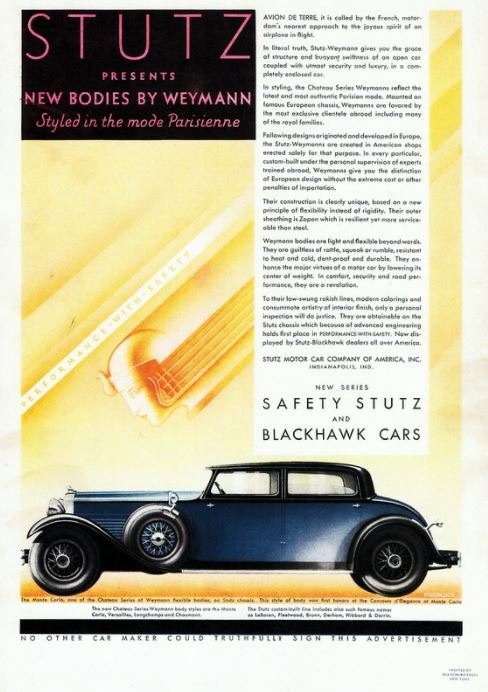

















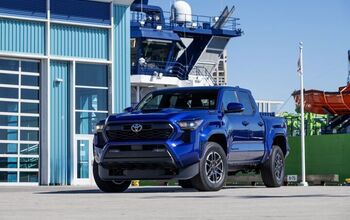

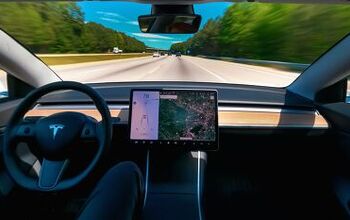
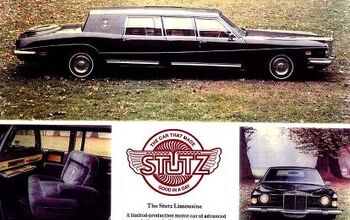
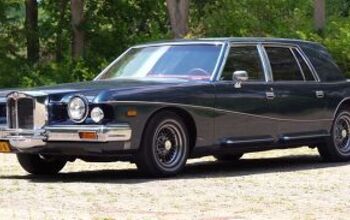
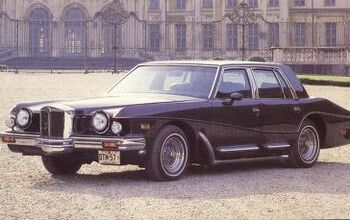
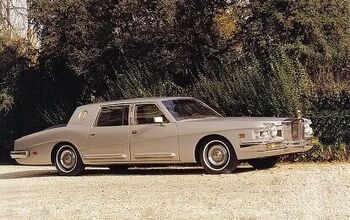

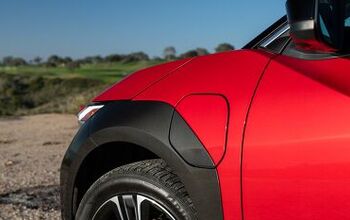
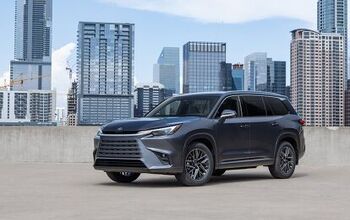
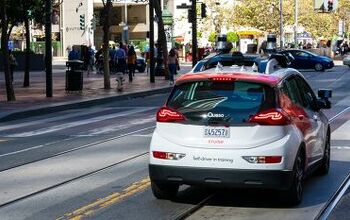
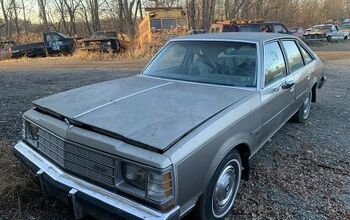
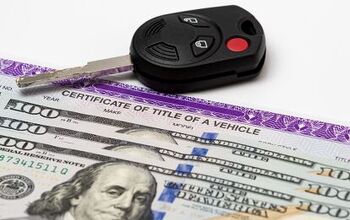
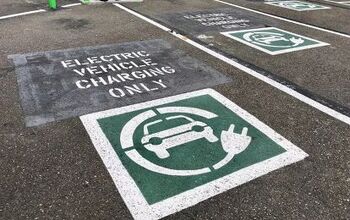

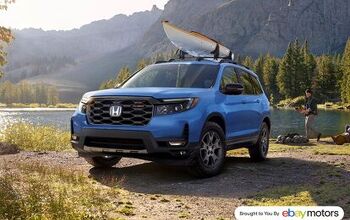
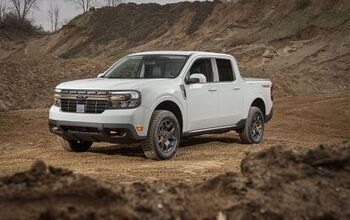
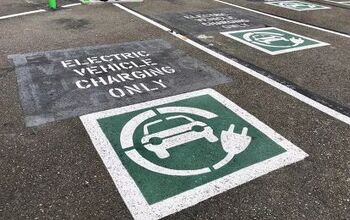
Comments
Join the conversation
You mean Disco era?
Very interesting. I knew very little of Stutz.